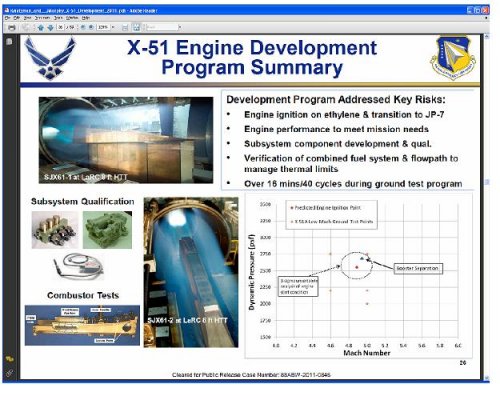- Joined
- 19 February 2007
- Messages
- 1,102
- Reaction score
- 1,508
Dark Eagle said:In 1986, Field studies at the Bikini Atoll determine that cesium becomes part of the food chain in that plants and animals absorb it in place of potassium. On that small island It cost more than 60 million dollars to reduce the absorption rate near to the same levels as potassium. At which it was determined that the cesium plume will continue to spread as long as life exist.
It is my understanding that the issue at Bikini was the uptake of radioactive cesium-137 isotope into plants and foods due to the lack of potassium in the coral-based soils of the atoll. This situation was ameliorated by the addition of potassium to the soils. Further, the effects have diminished due to the 30-year half-life of cesium-137 and there are indications that the biological half-life may be even shorter. (For further research, there have been many reports on the cesium-137/potassium preferential substitution mechanism in the wake of the Fukishima disaster.)
I would strongly assume that radioactive cesium isotopes were not used as JP-7 additives.
See: https://marshallislands.llnl.gov/bikini.php

